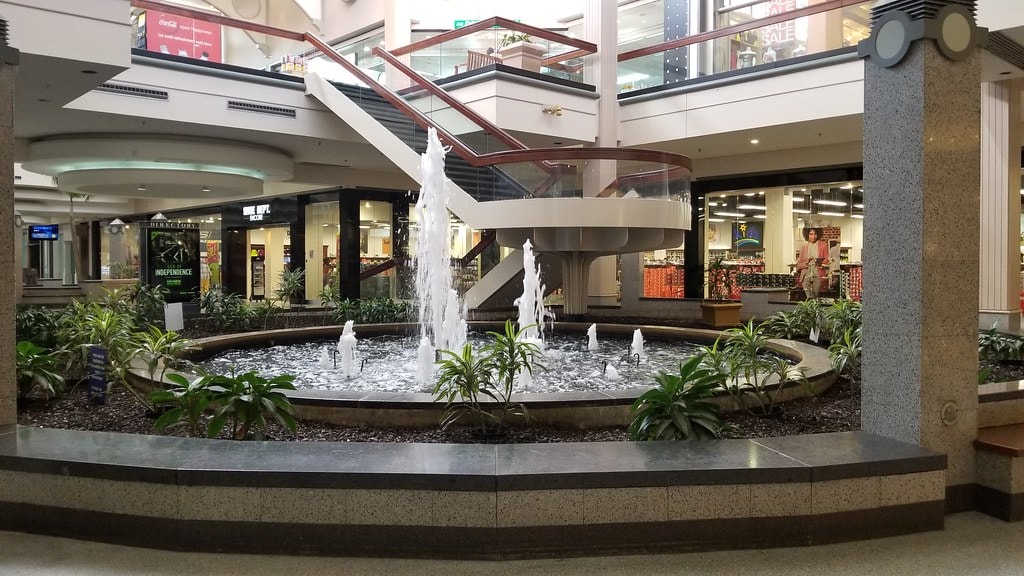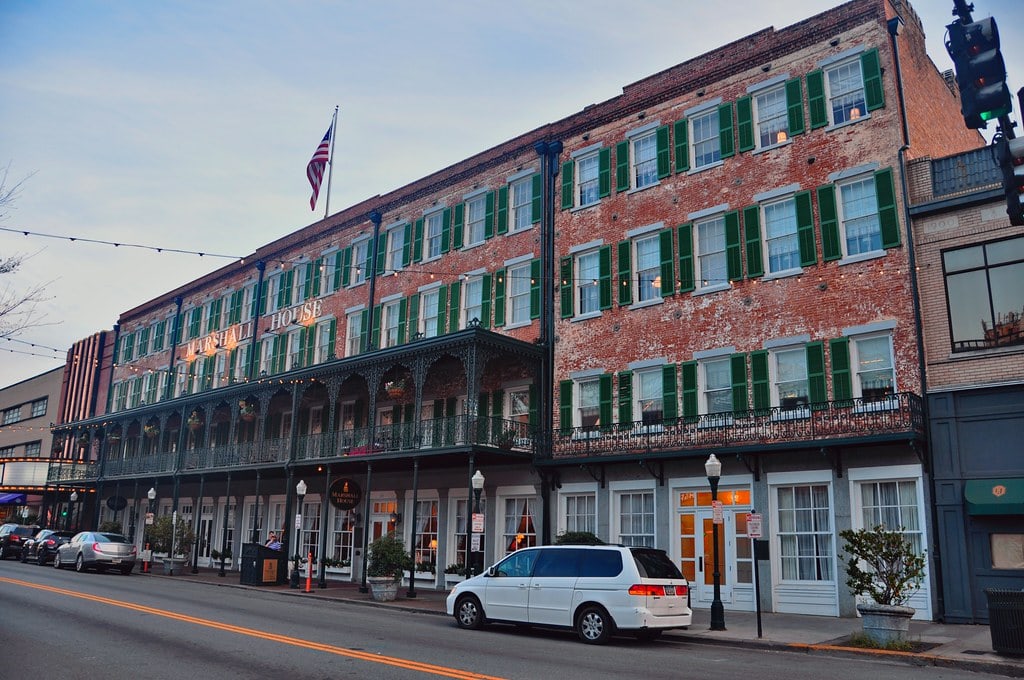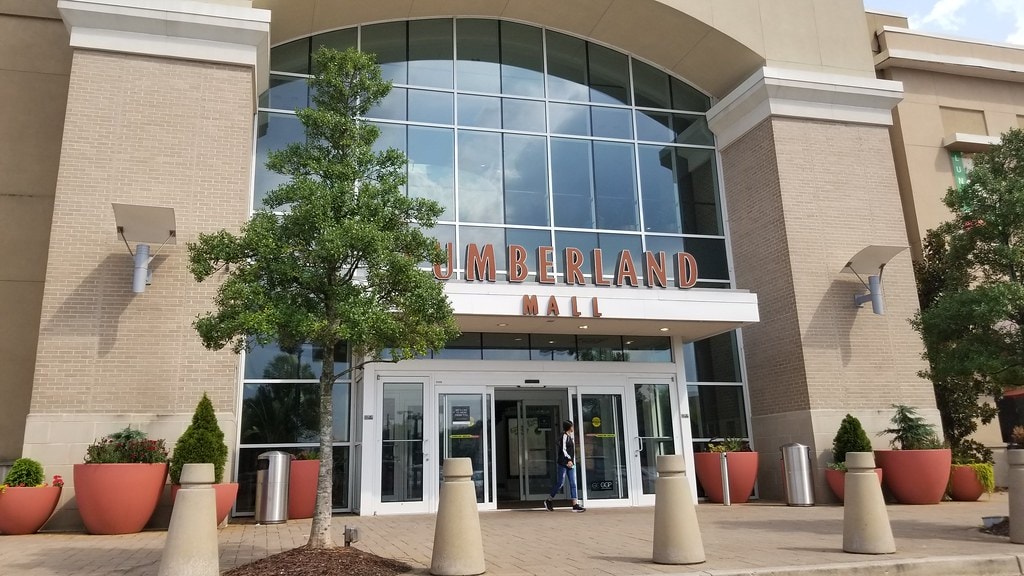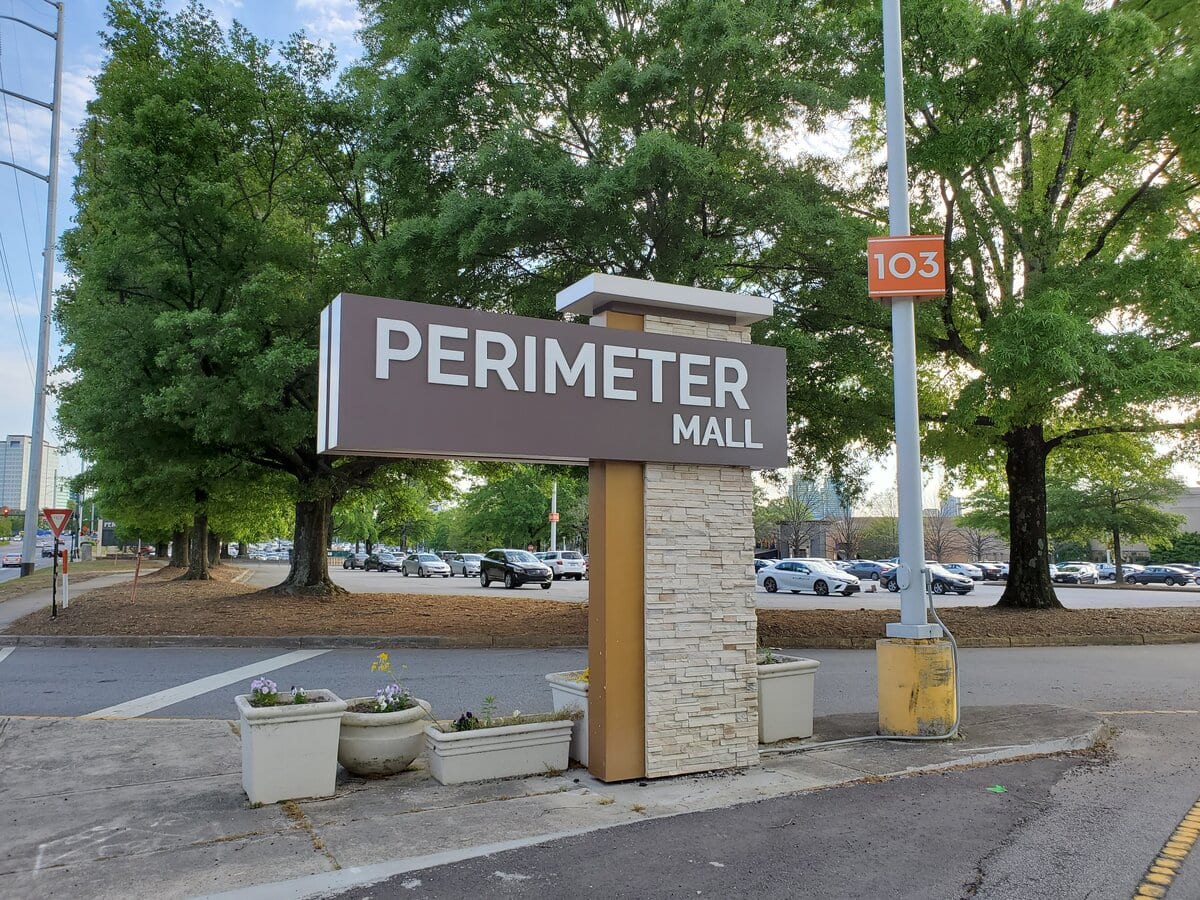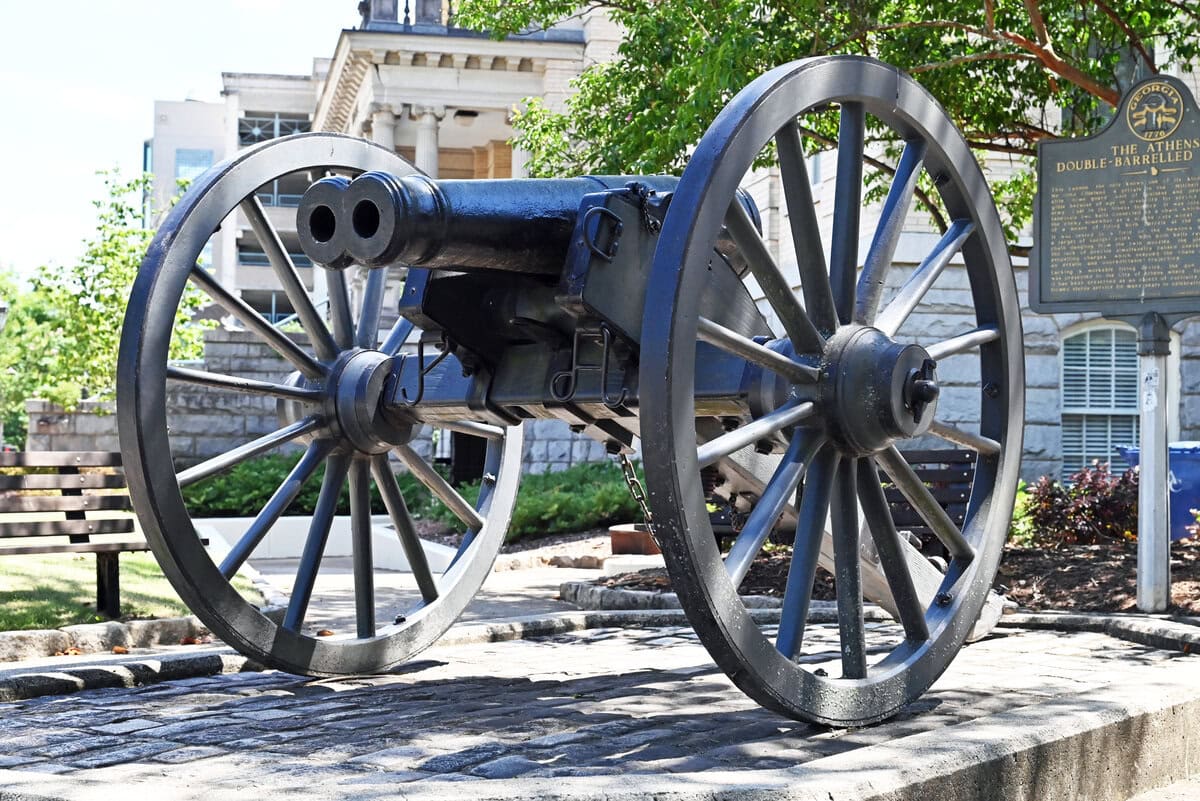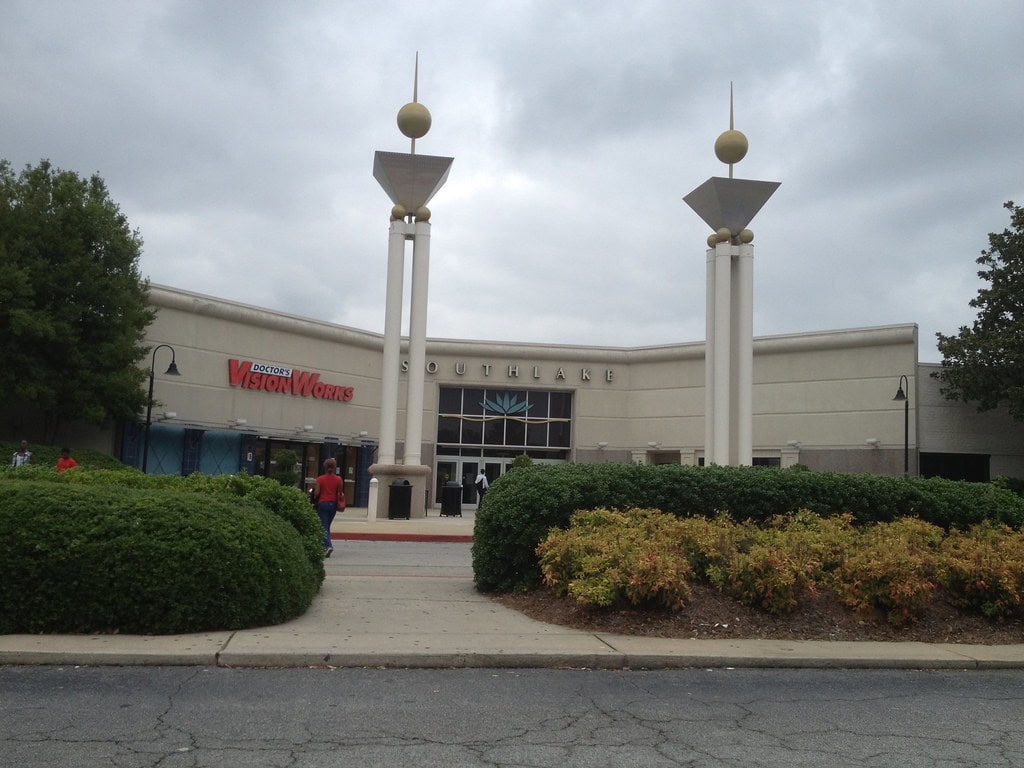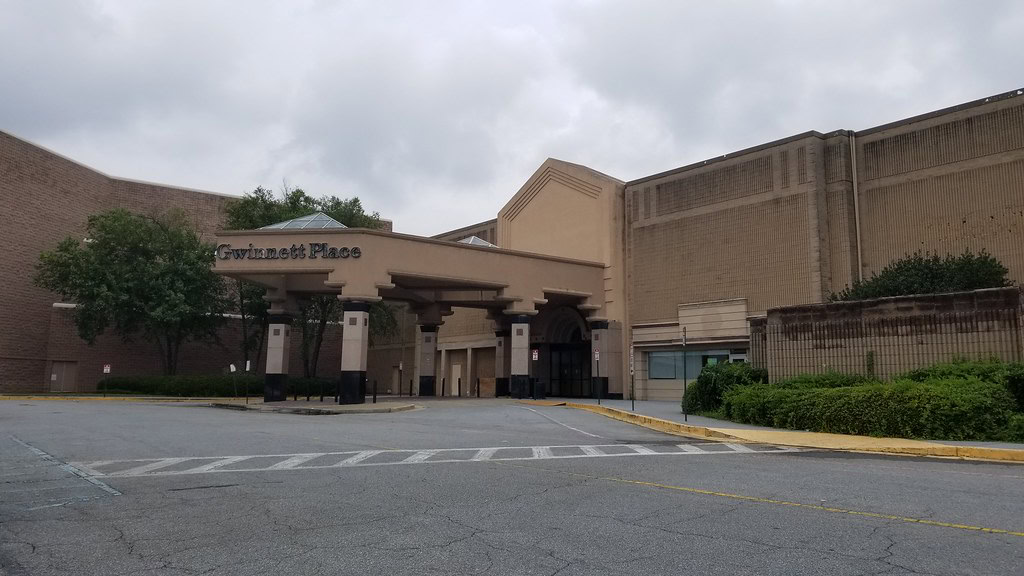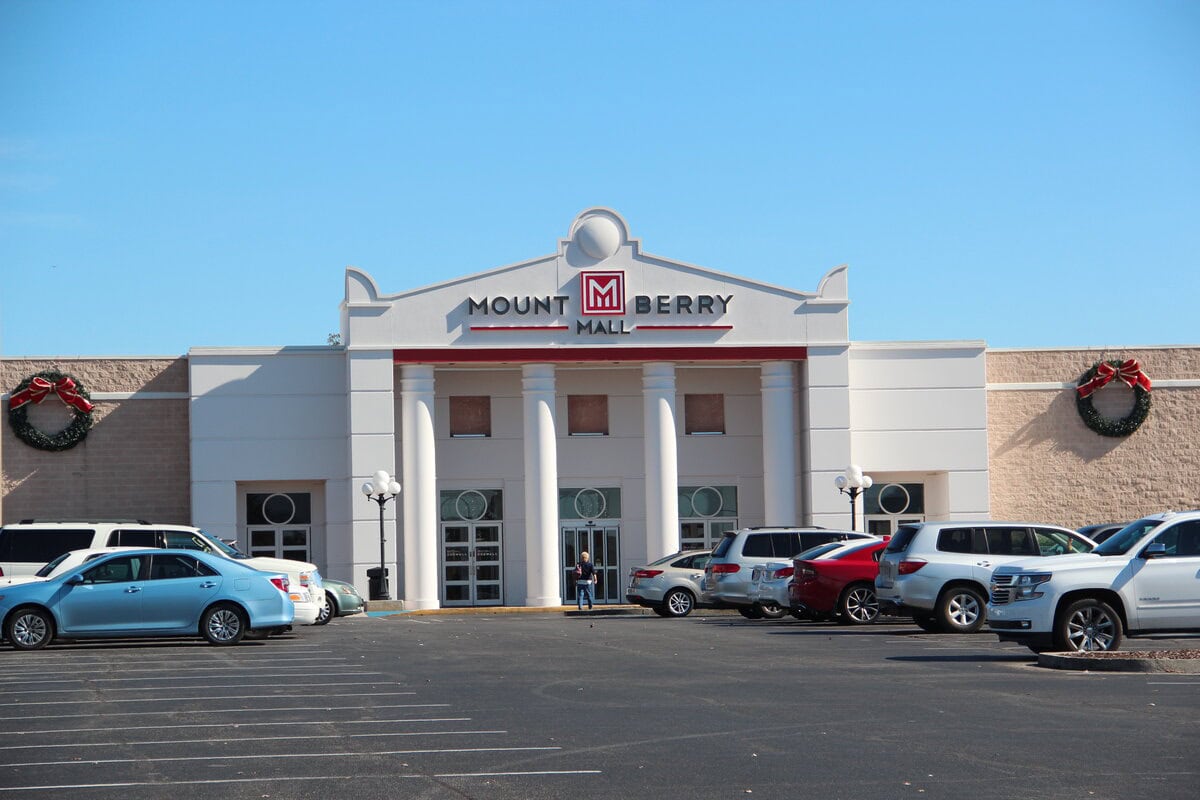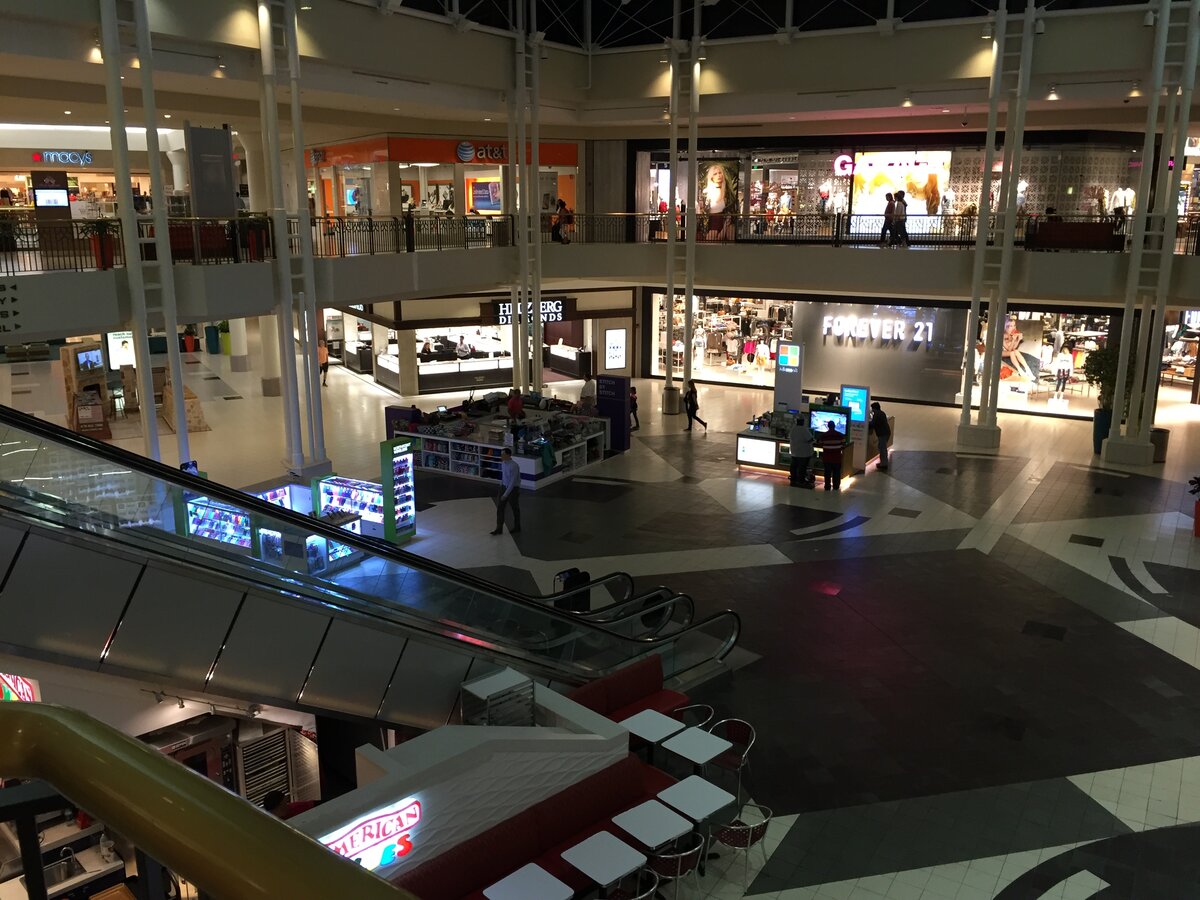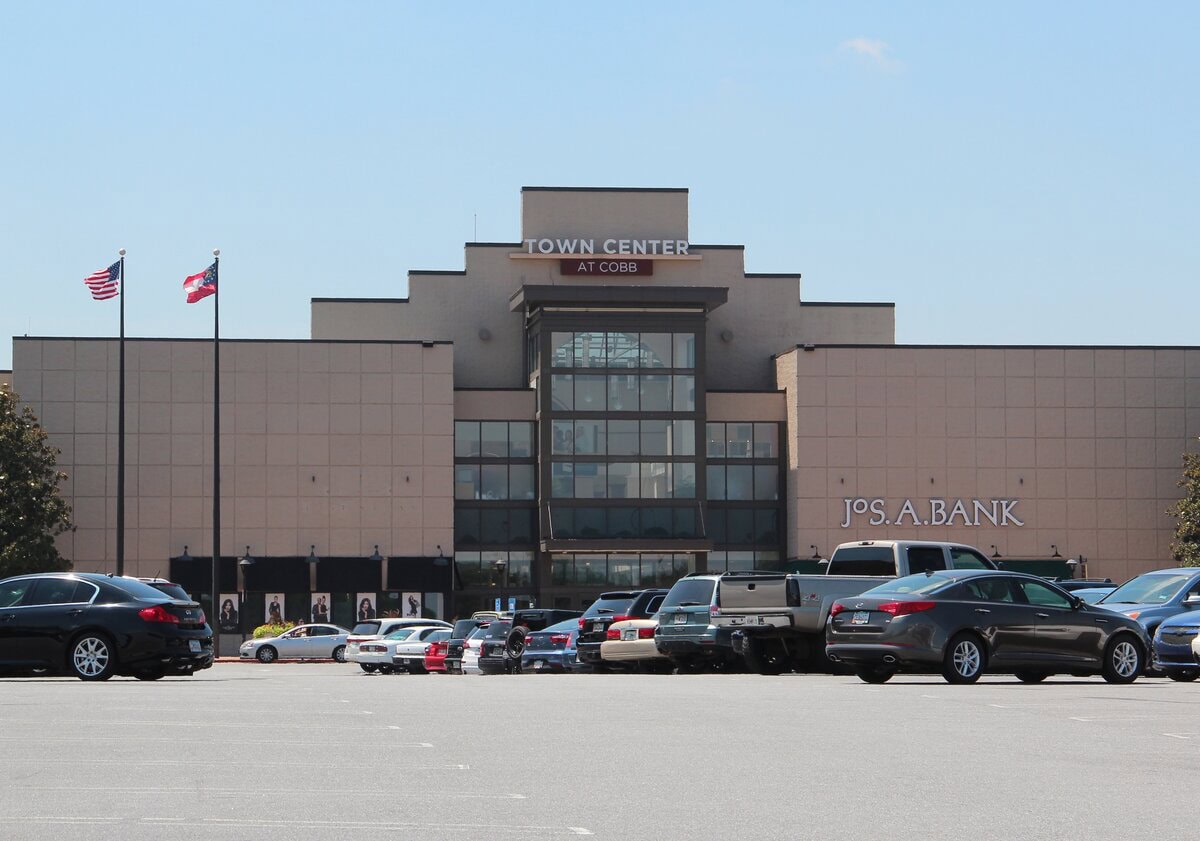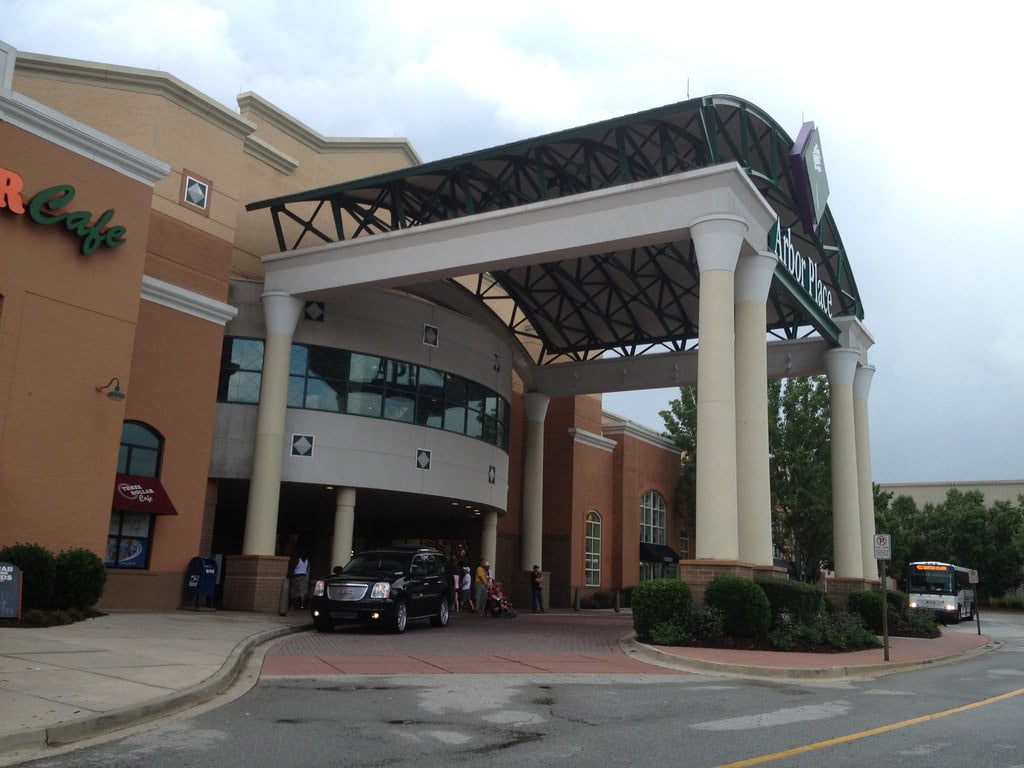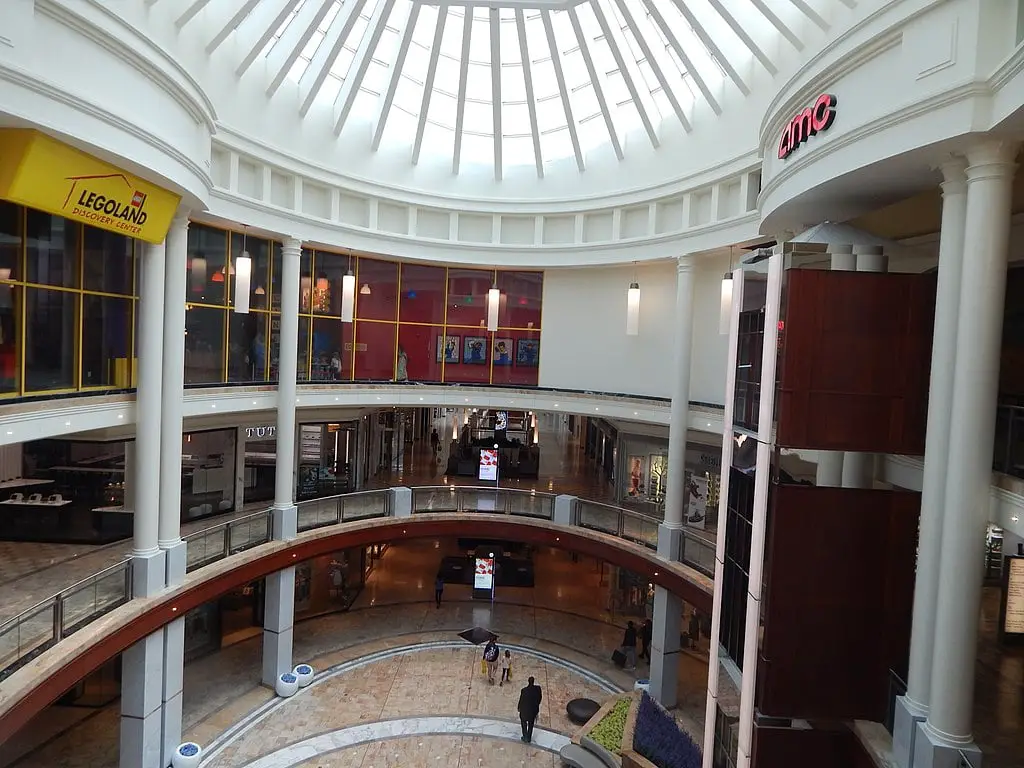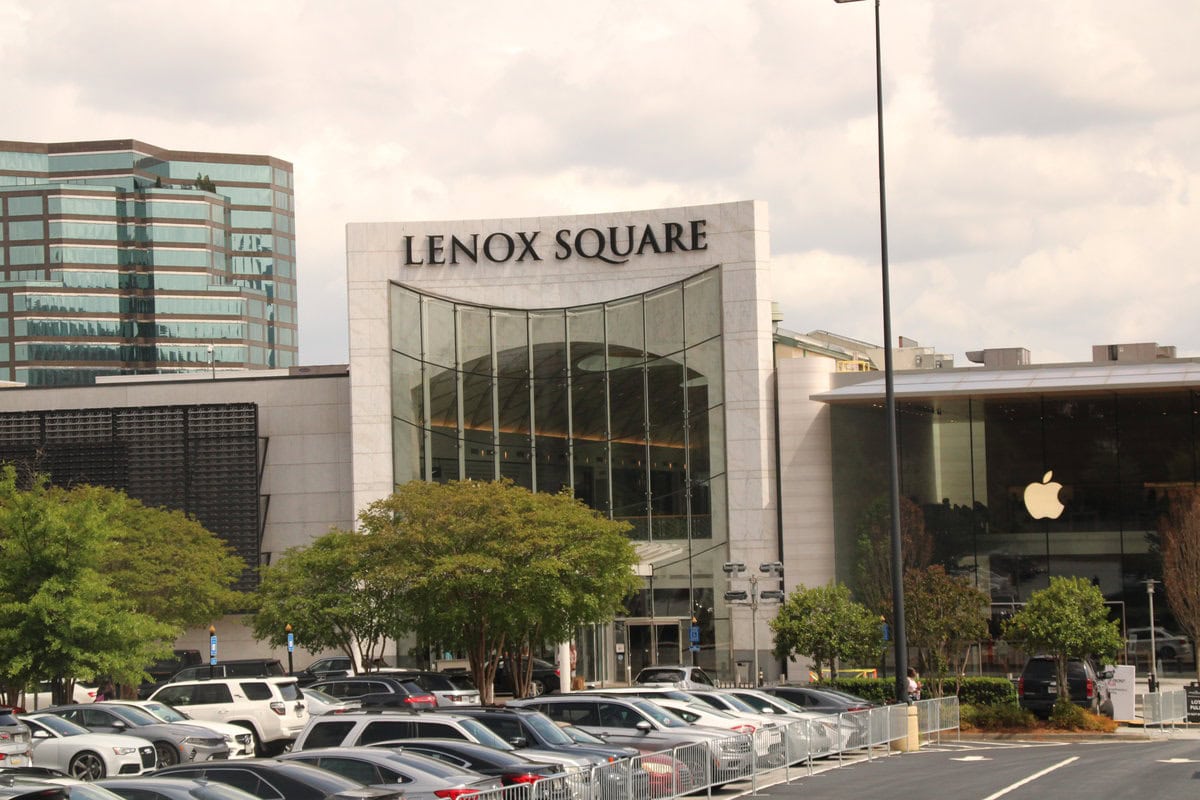Zone 3 in Atlanta: History, Growth, and Challenges
Atlanta is divided into six police zones, each with its own identity, strengths, and struggles.
Zone 3 covers the southeastern part of the city, home to neighborhoods like Mechanicsville, Summerhill, Peoplestown, and Pittsburgh.
These areas have deep historical roots, with some dating back to the late 1800s when they were built around the city's railroads and industrial hubs.
Over the years, they've seen cycles of growth, decline, and revitalization, shaping the community into what it is today.
This part of Atlanta carries a reputation that depends on who you ask. Some see it as a historically rich but changing area, while others focus on its crime rates and economic struggles.
In recent years, new businesses, housing developments, and infrastructure projects have started reshaping the landscape.
The BeltLine's Southside Trail, Georgia State University's expansion, and investments in commercial hubs like The MET Atlanta have brought in fresh energy.
However, there are also concerns about gentrification and affordability. Zone 3 is a place of contrast for those thinking about moving, working, or investing.
You'll find historic homes next to modern apartments, local businesses alongside national chains, and a mix of long-time residents and newcomers.
While the area has challenges, it also has deep community ties and a growing push for change.
Crime in Zone 3: Is It Safe?
Crime has shaped Zone 3's reputation for years, but the landscape is shifting. Mechanicsville, Pittsburgh, and parts of South Atlanta have long struggled with high crime rates, with break-ins, car thefts, and violent incidents being common concerns.
While these problems haven't disappeared, recent efforts by law enforcement and community groups have started making an impact.
In 2024, homicides in Atlanta's southside zones, Zone 3 included, dropped by 34%, with fewer reports of aggravated assaults and auto thefts compared to previous years.
Police have increased patrols, cracking down on repeat offenders and working more closely with residents.
Surveillance cameras, brighter street lighting, and expanded neighborhood watch programs have also contributed to making certain areas feel safer.
Some long-time residents say they've noticed a difference, while others argue that the progress is uneven, safer in some pockets, still unpredictable in others.
Even with improvements, certain streets remain more dangerous than others, especially after dark.
Pittsburgh and Mechanicsville still see their share of gun violence and property crimes.
The city's strategy combines enforcement and community engagement, aiming to prevent crime rather than just react to it.
Whether these efforts will stick depends on factors beyond policing, economic stability, housing affordability, and whether long-term residents can afford to stay in the neighborhoods they've helped shape.
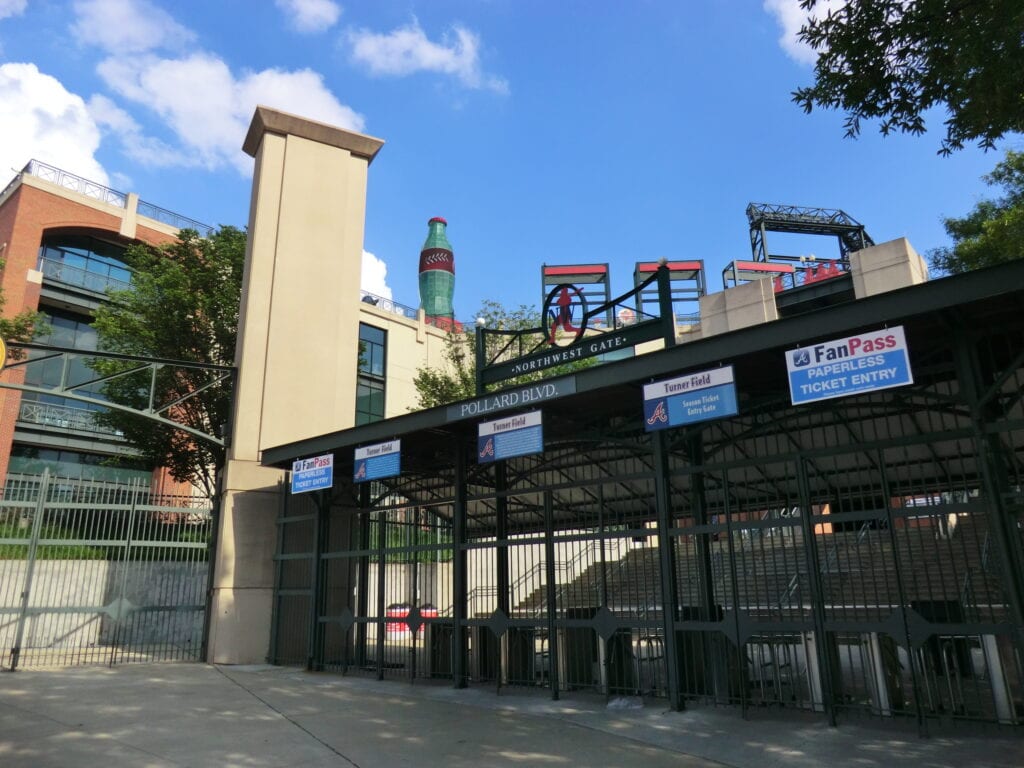
The Economy of Zone 3: Jobs and Business Growth
The economic picture in Zone 3 is mixed. Some neighborhoods have seen major investments, while others still struggle with high unemployment and slow business growth.
Traditionally, jobs in this part of Atlanta have come from healthcare, education, logistics, and retail.
Large employers like Grady Health System, Georgia State University, and Hartsfield-Jackson Atlanta International Airport provide work for many residents.
But in the last few years, smaller businesses and creative spaces have started to reshape the job market.
One of the biggest economic shifts has been the rise of The MET Atlanta, a massive warehouse-turned-business hub that houses artists, tech startups, and local retailers.
This project, along with expansions in Summerhill and South Atlanta, has brought in new opportunities.
The redevelopment of Turner Field into a mixed-use district has also helped attract restaurants, offices, and entertainment spots.
Still, not everyone has benefited. Some long-time businesses have closed due to rising rents, and residents with lower incomes say job access remains a challenge.
While new companies move in, many higher-paying jobs require specialized skills that some locals don't have.
Workforce training programs have started popping up to address this gap, but progress takes time.
The next few years will show whether these investments truly lift the local economy or if wealth stays concentrated in newer developments.
Housing and Real Estate in Zone 3
Zone 3 has become a battleground between affordability and development. Some neighborhoods, like Summerhill and Grant Park, have seen rising home values as investors renovate old properties and new apartment complexes pop up.
In contrast, areas like Pittsburgh and Sylvan Hills still offer lower prices, but the demand for housing is increasing.
As of early 2025, the median home price in Zone 3 remains below Atlanta's average, though prices have been climbing faster than in other parts of the city.
New developments have drawn mixed reactions. In Summerhill, large-scale projects have added modern townhomes, retail, and dining, bringing in younger professionals.
However, in places like Peoplestown, some long-time residents have been pushed out due to rising property taxes and rent hikes.
While city officials have introduced programs to keep housing affordable, many locals argue that these efforts have not done enough to prevent displacement.
Renting is still a better option for many, though prices have gone up. A one-bedroom apartment that cost around $1,100 in 2020 is now closer to $1,500, depending on the location.
Investors see opportunity in the area, but the future of housing in Zone 3 depends on how well the city balances growth with keeping homes accessible to those who have lived here for years.
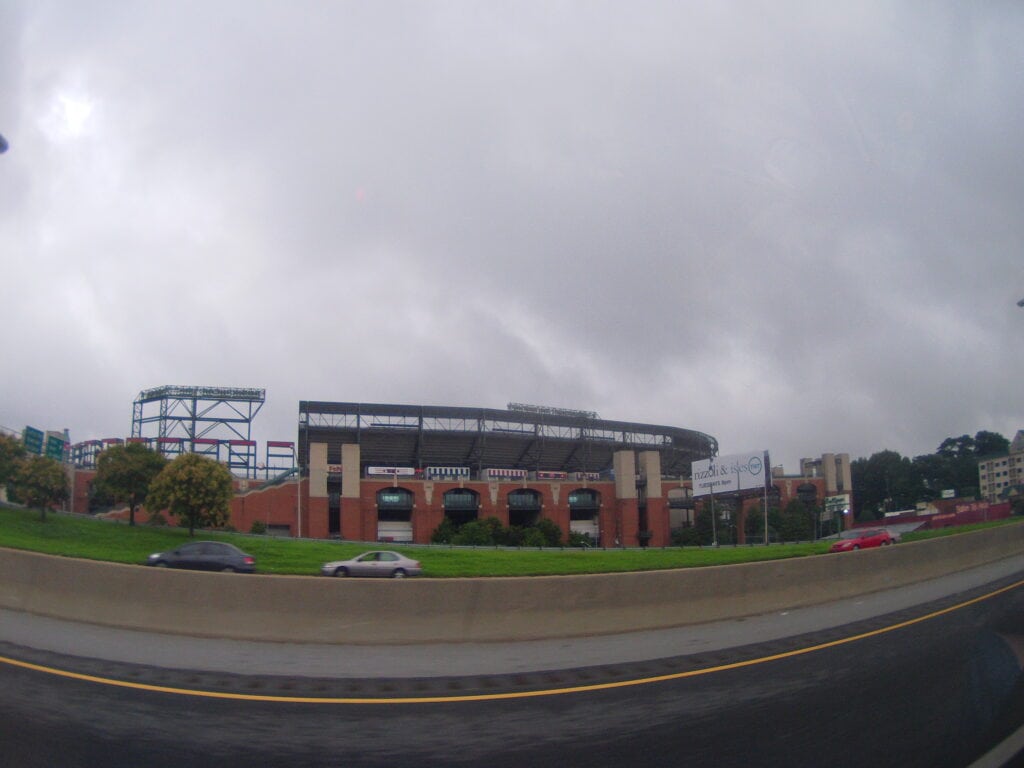
Notable Places and Attractions in Zone 3
Zone 3 has a mix of historic landmarks, outdoor spaces, and entertainment spots that keep it active.
One of the biggest attractions is Lakewood Amphitheatre, a major concert venue that draws huge crowds of touring artists.
It's one of the area's most recognized landmarks and a key part of Atlanta's music scene.
For those looking for green space, Grant Park offers a huge escape from the city with walking trails, playgrounds, and picnic spots.
It's also home to Zoo Atlanta, one of the city's top family-friendly destinations.
Meanwhile, the Atlanta BeltLine Southside Trail has become a hotspot for joggers, bikers, and anyone looking to explore new restaurants and bars along the path.
The area also has a growing arts and business community. The MET Atlanta, a former industrial warehouse, now houses creative workspaces, local businesses, and pop-up shops.
In the West End, breweries and art galleries attract weekend visitors. Meanwhile, history buffs can visit Oakland Cemetery, where some of Atlanta's most well-known figures are buried.
While Zone 3 doesn't have the same polished attractions as Buckhead or Midtown, it has plenty of spots worth checking out, especially as new projects continue to reshape the area.
Living in Zone 3: Pros and Cons
Living in Zone 3 comes with trade-offs. On one hand, the area offers lower housing costs than places like Midtown or Buckhead, making it appealing for first-time buyers and renters.
Some neighborhoods, like Capitol View and Adair Park, have historic homes with spacious yards, while newer developments in Summerhill attract professionals looking for modern amenities.
Another plus is the location, it's close to downtown, the airport, and major highways, making commuting easier.
The downsides depend on where you live. Crime remains a concern in certain areas, especially late at night. While rates have improved, break-ins and car thefts still happen more frequently in some spots than others.
Public schools in Zone 3 also rank lower than those in North Atlanta, which can be a deciding factor for families with kids.
Some parents opt for charter schools or private options, but in this part of the city, choices are limited compared to other parts.
The area's character is changing fast, which is both good and bad. New businesses, restaurants, and retail spaces are bringing life to the streets, but long-time residents worry about affordability.
As rents and property taxes go up, some fear they'll be priced out. The mix of old and new gives Zone 3 a unique energy, but the balance between growth and stability is still uncertain.
Future of Zone 3: What's Next?
The next few years will shape Zone 3's future. City officials have announced plans to invest in affordable housing, expand public transportation, and improve infrastructure.
In Peoplestown and Pittsburgh, new mixed-income developments aim to provide housing for both low- and middle-income residents.
While these efforts are meant to curb displacement, many wonder if they'll be enough to keep up with rising demand.
Public transit improvements could also change the landscape. The city has discussed expanding MARTA routes and adding more bike-friendly roads, especially around the BeltLine.
If these projects move forward, commuting could become easier and attract even more people to the area.
Local businesses are another key piece of the puzzle. Spaces like The MET Atlanta are proving that small businesses can thrive in Zone 3, and more entrepreneurs are taking notice.
Gentrification will likely continue, and whether it benefits everyone is still up for debate.
Some parts of Zone 3 could look completely different in five years, while others might stay largely the same.
With crime rates dropping and investments increasing, the area is at a turning point.
What happens next depends on how well the city, developers, and residents navigate the changes.

